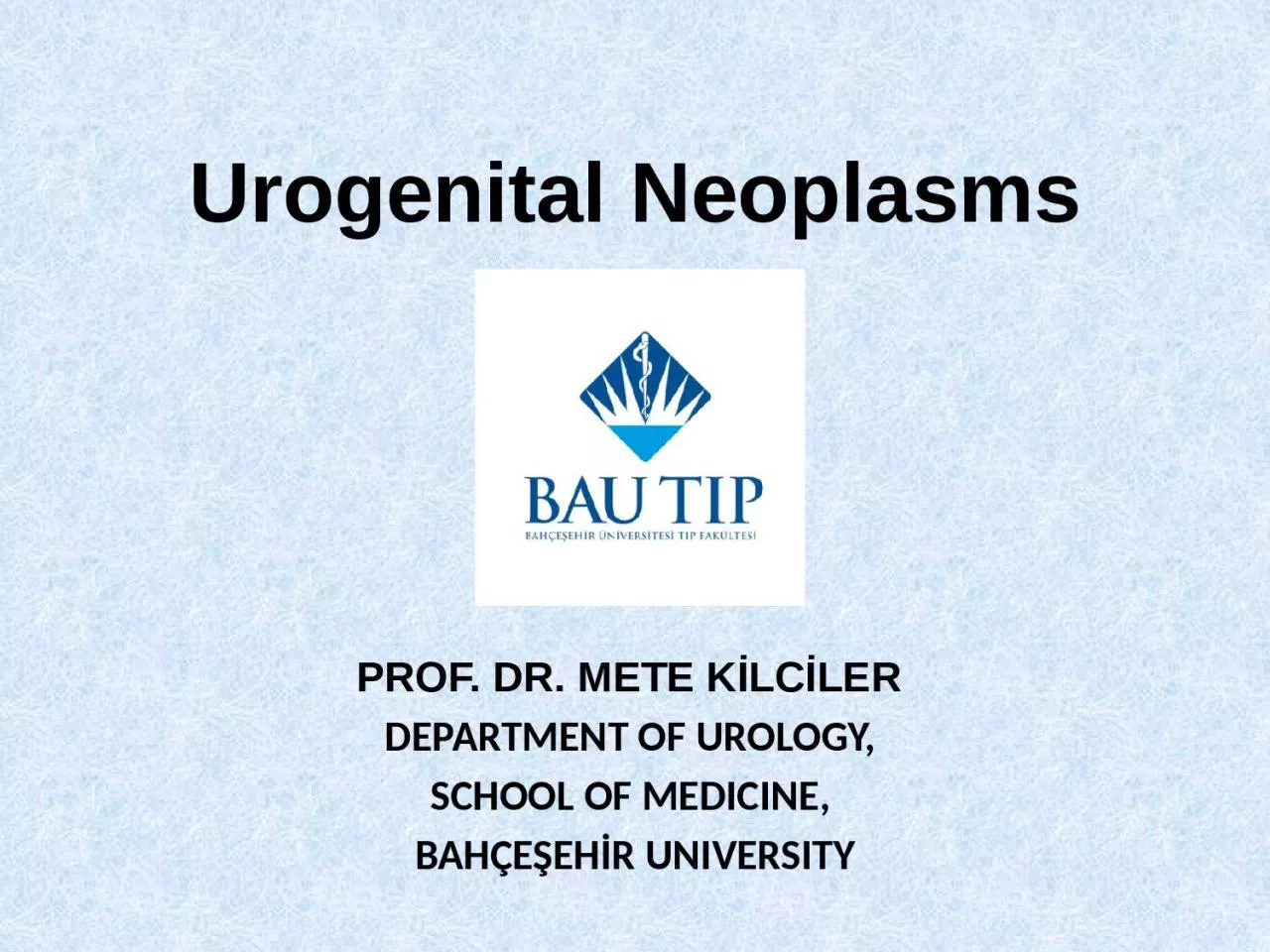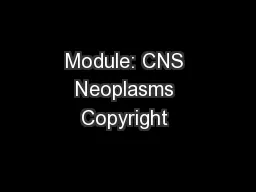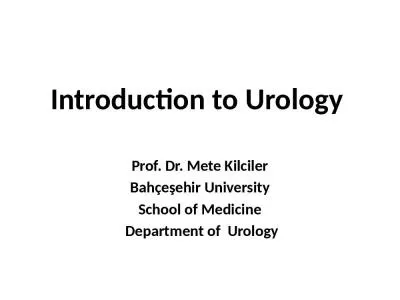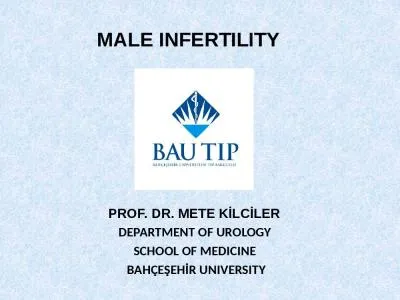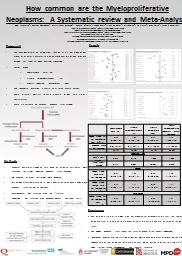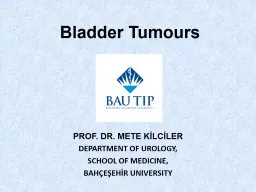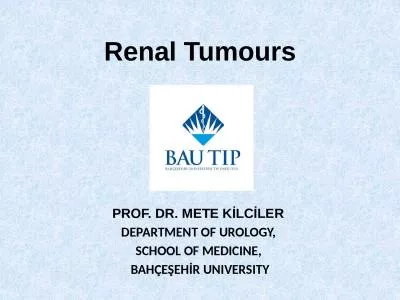PPT-U rogenital Neoplasms PROF. DR. METE KİLCİLER
Author : priscilla | Published Date : 2022-06-28
DEPARTMENT OF UROLOGY SCHOOL OF MEDICINE BAHÇEŞEHİR UNIVERSITY Renal Cell Carcinoma RCC RCC accounts for 2 to 3 of all adult malignant 85 of all primary malignant
Presentation Embed Code
Download Presentation
Download Presentation The PPT/PDF document "U rogenital Neoplasms PROF. DR. METE K..." is the property of its rightful owner. Permission is granted to download and print the materials on this website for personal, non-commercial use only, and to display it on your personal computer provided you do not modify the materials and that you retain all copyright notices contained in the materials. By downloading content from our website, you accept the terms of this agreement.
U rogenital Neoplasms PROF. DR. METE KİLCİLER: Transcript
Download Rules Of Document
"U rogenital Neoplasms PROF. DR. METE KİLCİLER"The content belongs to its owner. You may download and print it for personal use, without modification, and keep all copyright notices. By downloading, you agree to these terms.
Related Documents

